How does the EPA’s revised Lead and Copper Rule affect you and how can Garver help?
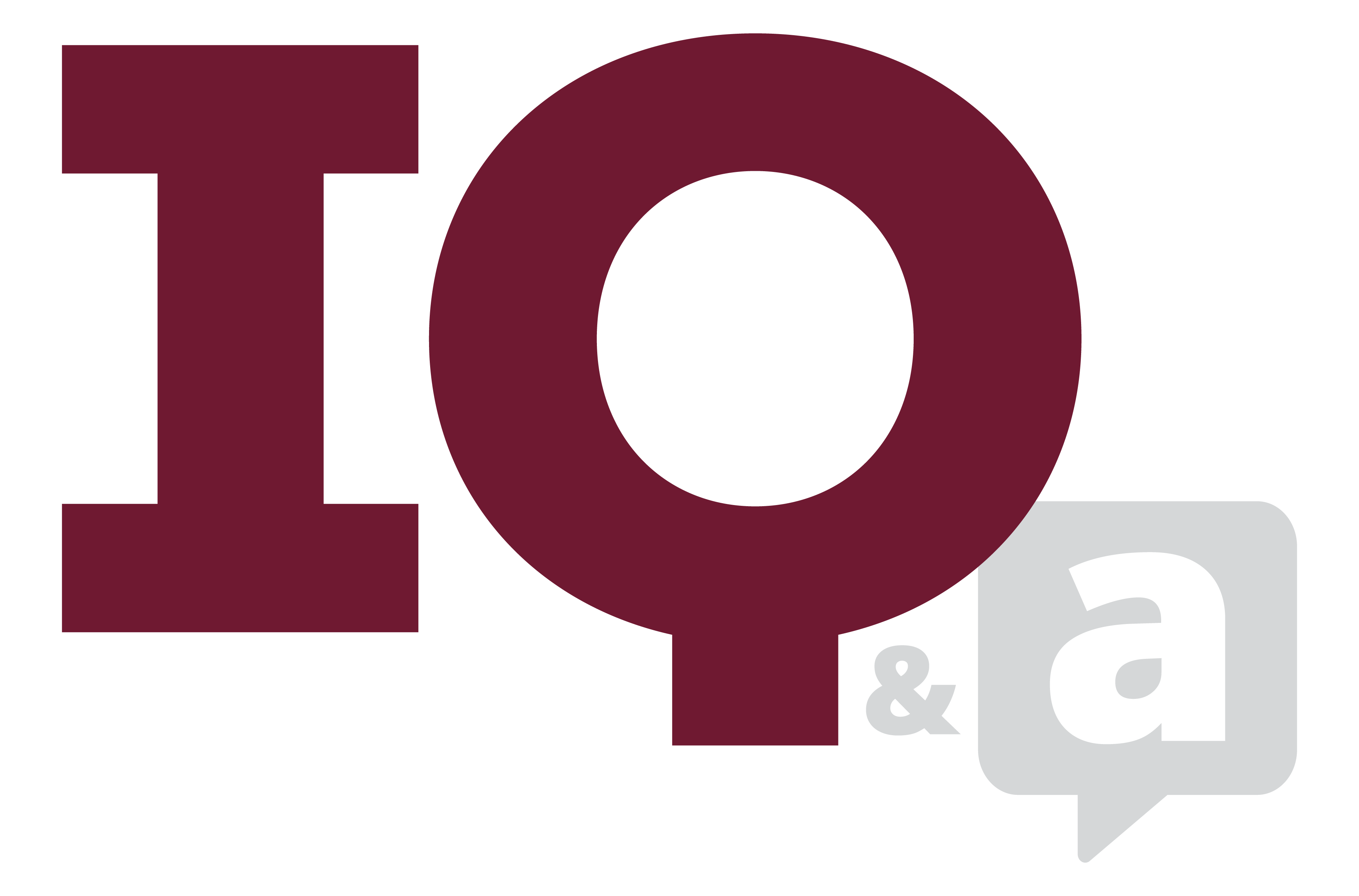
Recently, the U.S. Environmental Protection Agency announced Lead and Copper Rule Revisions (LCRR). These revisions will impact every drinking water utility in the U.S.
In this IQ&A, Garver’s series of conversations with leading experts delivering value to communities across the country, we sat down with our water quality experts, Zaid Chowdhury, PE, Ph.D., BCEE and Ashley Pifer, PE, Ph.D., to ask them a few questions about the revised rule and how Garver can help you.
What are the key provisions of the rule?
While the lead and copper action levels have remained unchanged at 15 micrograms per liter and 1.3 milligrams per liter, respectively, a new lead trigger level at 10 micrograms per liter is being introduced. Utilities exceeding the trigger level will need to either reoptimize their existing corrosion control treatment or conduct a corrosion control study. They’ll also need to take a closer look at their distribution system and implement any necessary upgrades, such as lead service line replacements.
Some utilities may need to overhaul their sampling plans to capture sites with lead service lines. Additionally, sampling will be required at elementary schools and childcare facilities over a five-year period due to the extremely harmful effects of lead on children.
What other ways will current sampling change with the revised rule?
In addition to current sampling requirements, a fifth liter water sample for lead analysis will be mandated. Sampling will also have to be done using wide-mouth sample bottles, which aren’t currently used for lead samples. Customers may also be asked to collect samples, and the utilities bear the responsibility of properly educating them on correct procedures, presenting a potential challenge. Many utilities already provide bill credits as an incentive to help collect these samples.
Utilities will also need to consider which samples need to be included in their compliance calculations, and this could vary by state.
What can utilities be doing now to prepare for compliance?
First and foremost, you need to know your system. This means creating or completing a lead service line inventory and developing a lead service line replacement plan. Lead service line inventories must be made publicly available, so consider building a GIS-based distribution system map that can be made available online. Accessible system maps help with effective public communication, which is an essential part of the new rule. Also, a comprehensive list of schools and licensed childcare facilities served by your system should be prepared to understand the scope of additional sampling.
How do utilities make sure they don’t have lead and copper corrosion problems in their system?
Be aware of the interactions between finished water, lead service lines, and other distribution system components. The chemical makeup of the water, such as chloride, sulfate, pH, alkalinity, and hardness, determines whether you need to add a corrosion inhibitor at your water treatment plant.
Evaluate the water chemistry impacts of any source water quality or treatment changes ahead of time to make sure they don’t create lead and copper issues. The City of Flint, Michigan didn’t do this, and the results were extremely costly and harmful.
How can Garver help utilities prepare and meet compliance?
There’s a lot to consider with the revised rule, but we can set you on the right path. Garver can help utilities assess the chemistry of their finished water with respect to corrosivity. We can also evaluate improvement options for reducing corrosion potential. Garver can assist with preparing lead service line inventories and replacement plans, which includes helping build GIS maps. All of this can be a stand-alone project or part of a larger hydraulic modelling or master planning effort.
To learn more about what Garver's Water Technology Team can do for you, visit our Water Technology page.




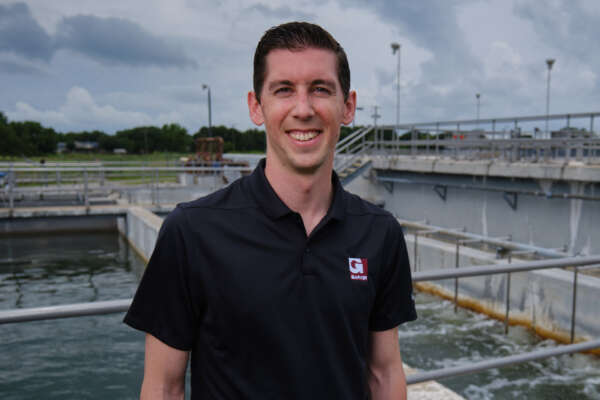
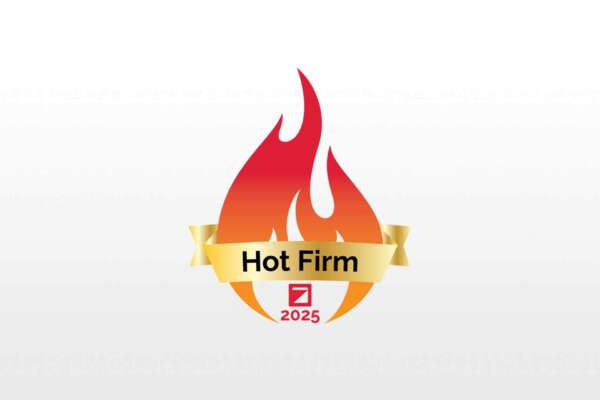
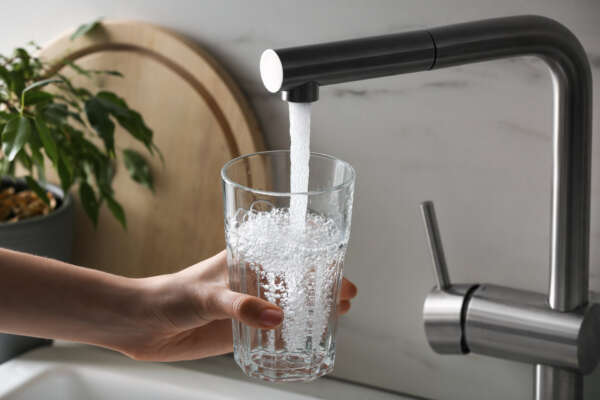
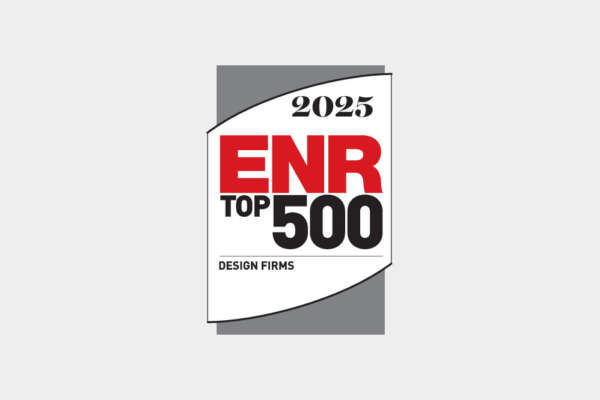

Share this article